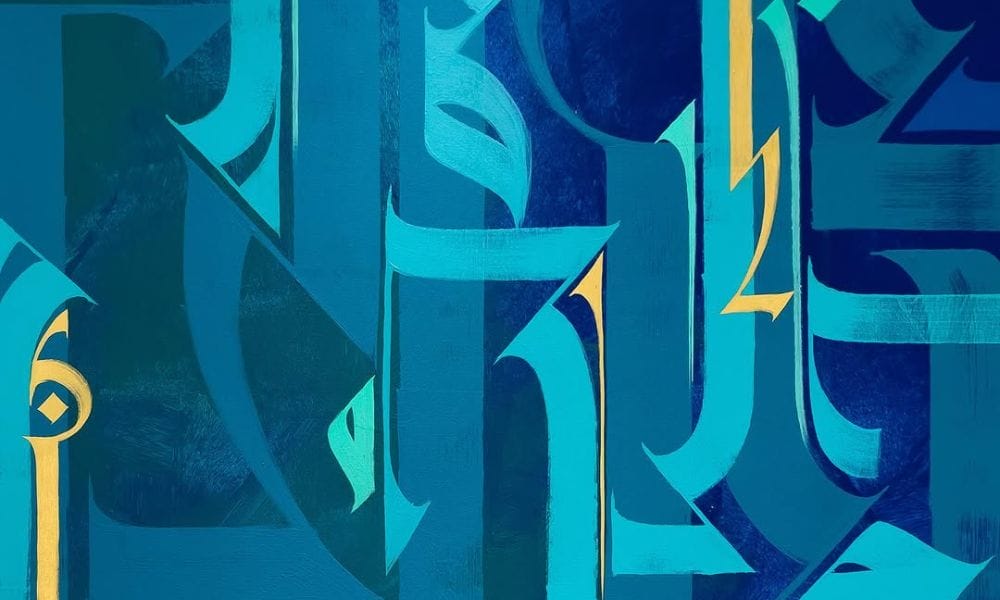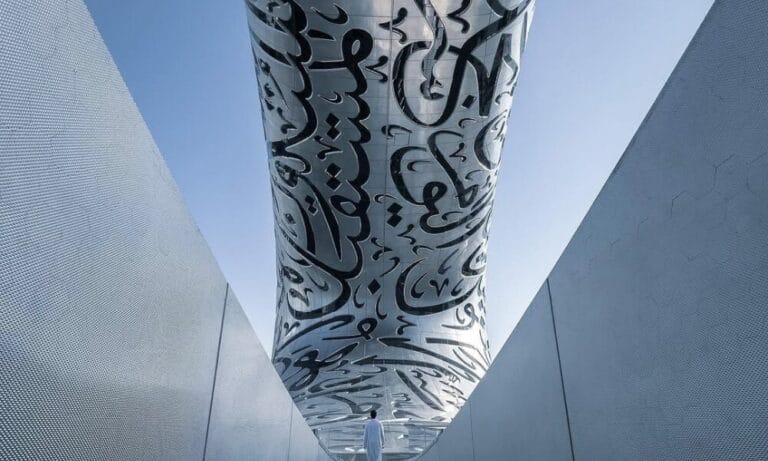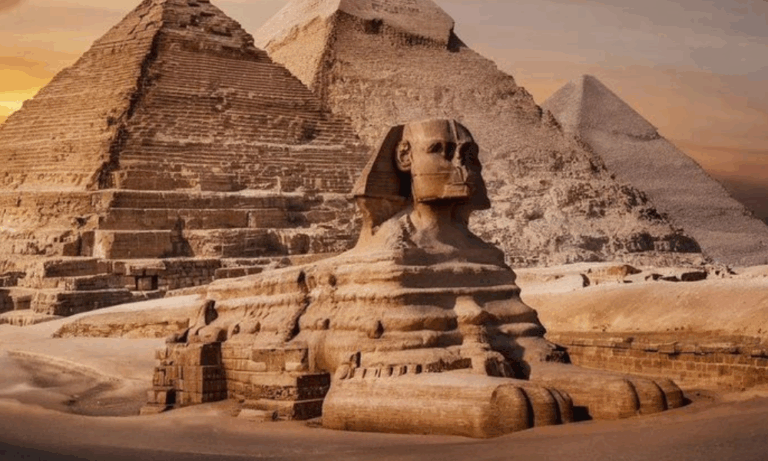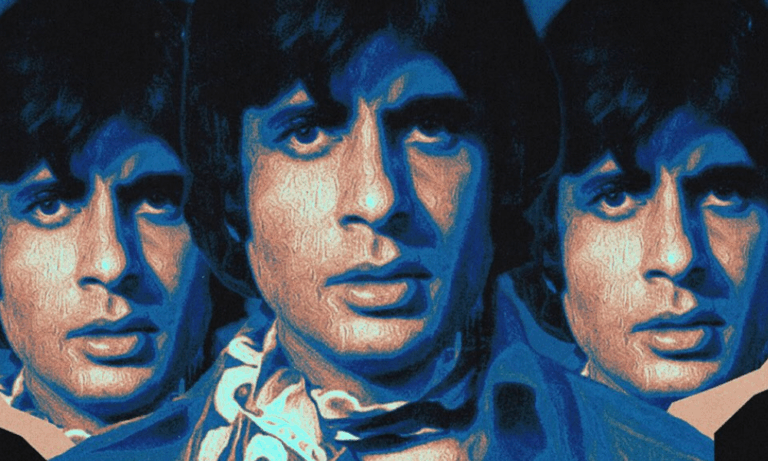At Buro247 Middle East, we are committed to showcasing and celebrating the extraordinary talent in the Arab world. With our column, #BuroSpotlights, we bring you stories of pioneering artists, innovative designers, tech trailblazers, cinematic visionaries, sports stars, and more.
This week, #BuroSpotlights Algerian graffiti artist Ahmed Amine Aitouche.
It all started with the rush of spray paint cans in the streets of Algiers. Ahmed Amine Aitouche—better known as Sneak Hotep—was just a teenager when he began expressing his creativity by tagging walls, but his youthful rebellion soon turned into a respected calligraphic practice that spans continents. Fast forward to today, and Hotep is not only an established calligrapher but also a key figure in the contemporary art world.
Hotep’s artistic foundation is deeply rooted in two influences: the bold world of street graffiti and the revered tradition of ancient Egyptian calligraphy. The result is a striking fusion of the two, giving us an art form that is both visually captivating and conceptually rich. The swirling blue and gold hues that dominate his work are reminiscent of the colors found in ancient Egyptian jewelry and sacred artifacts. Shades of lapis lazuli, turquoise, and gold, once symbolic of divinity and luxury, are now used to evoke depth and timelessness in his contemporary creations.
His calligraphy, which draws on the influence of Kufic script—a style that flourished between the 7th and 10th centuries—moves away from the traditional horizontal strokes, opting instead for bold verticality. Hotep’s distinct letterforms, with their sharp lines and flowing tails, offer a fresh take on an age-old art form.
From his early days of tagging his name on walls with his cousin to pursuing formal art education at a fine arts school in Algeria, Hotep’s evolution as an artist has been profound. While his early works were driven by a desire to express freedom in an urban space, his journey has since taken him to the world of high art, where he has refined his craft and developed a deeper understanding of the artistic and cultural traditions he draws upon. His move to Dubai marked the beginning of a new chapter in his career, one where he has delved into the creation of large-scale canvases and sculptural works that push the boundaries of calligraphy.
One of Hotep’s most notable works is Analepsis, an installation piece that challenges the limits of two-dimensional calligraphy by incorporating three-dimensional elements. The three-sided pillar, covered in his signature blue-hued letterforms, features a unique twist: it’s embedded with recycled motherboards, visible through gaps in the wood. This layered structure symbolizes time’s non-linear nature—past, present, and future—suggesting that these aspects of existence are interconnected rather than separate.
Another sculpture, Windfall, created by Sneak Hotep for his solo exhibition at the Sharjah Art Museum as part of the Sharjah Calligraphy Biennale, delves into the invisible yet powerful influence of seasonal winds. This piece reflects how winds shape the landscape, people, and cultures, leaving lasting imprints through symbols and words. Aitouche captures the winds’ dual nature—both destructive and transformative—illustrating how they carry wisdom from the past and continue to script the present and future. Windfall serves as a powerful reminder of the unseen forces that influence civilization.
Today, Sneak Hotep is a visionary whose work spans across cultures and time periods. By seamlessly integrating the ancient with the contemporary, Hotep’s calligraphy stands as a powerful testament to the potential of art to express complex ideas and evoke deep emotions.
ALSO READ: SOUND, SCULPTED: AN EXCLUSIVE INTERVIEW WITH DEVIALET’S DESIGN VISIONARY, EMMANUEL NARDIN.




